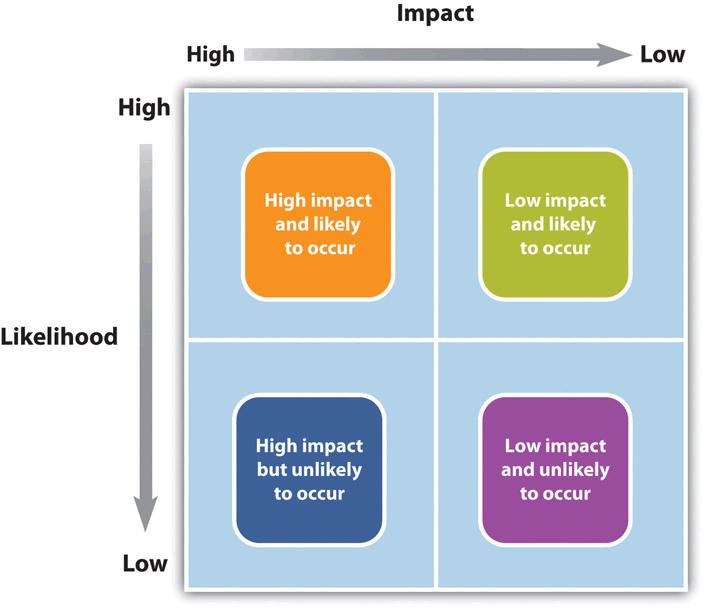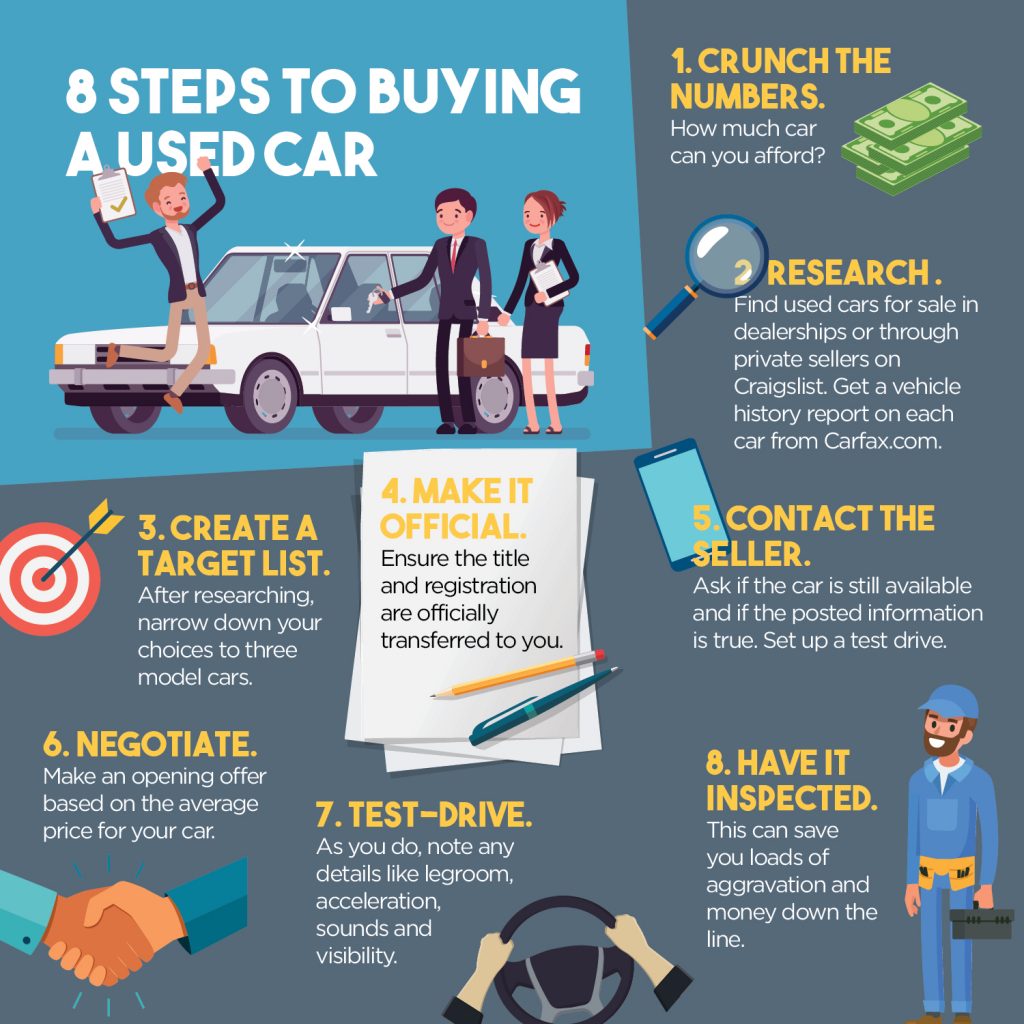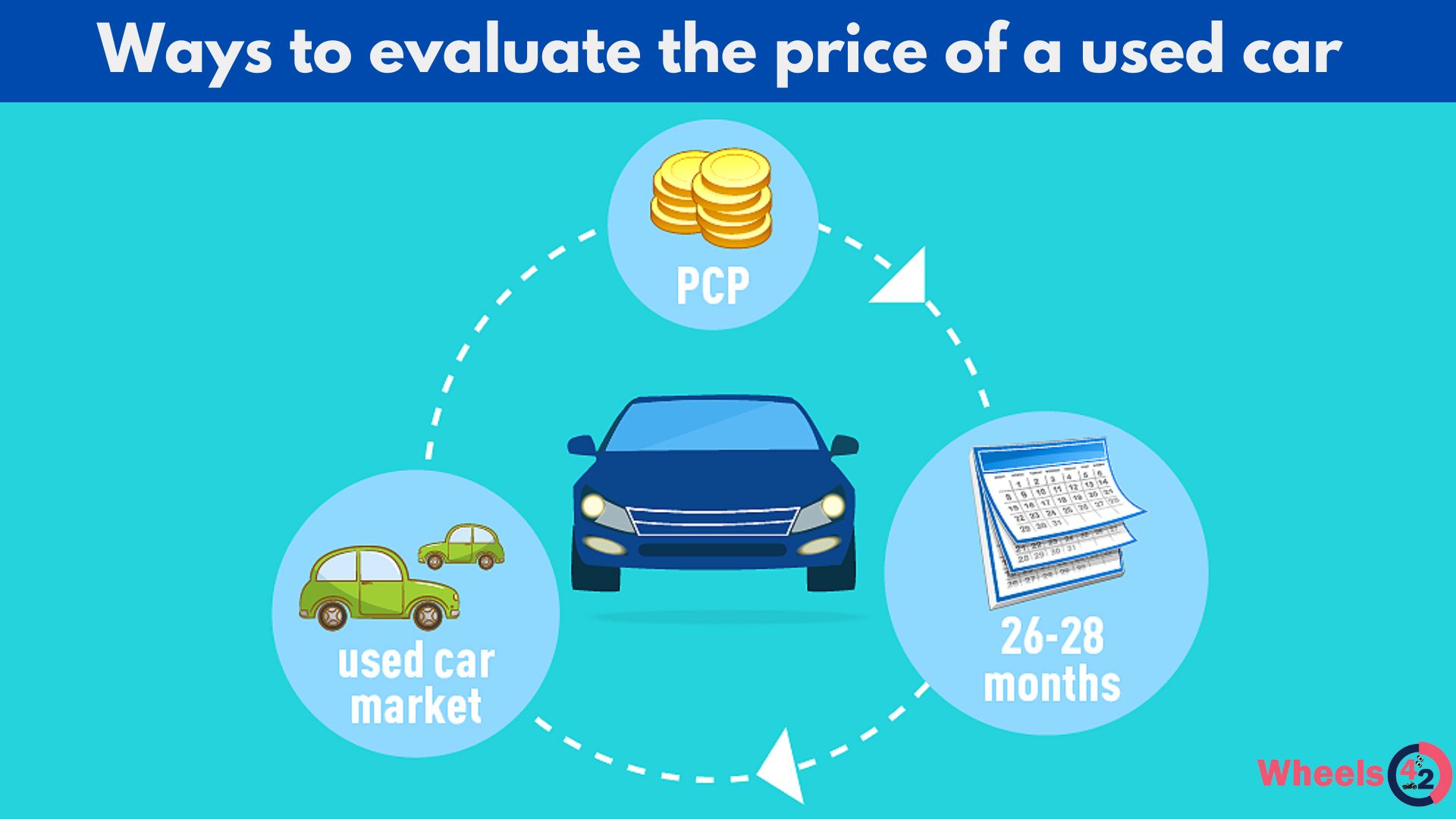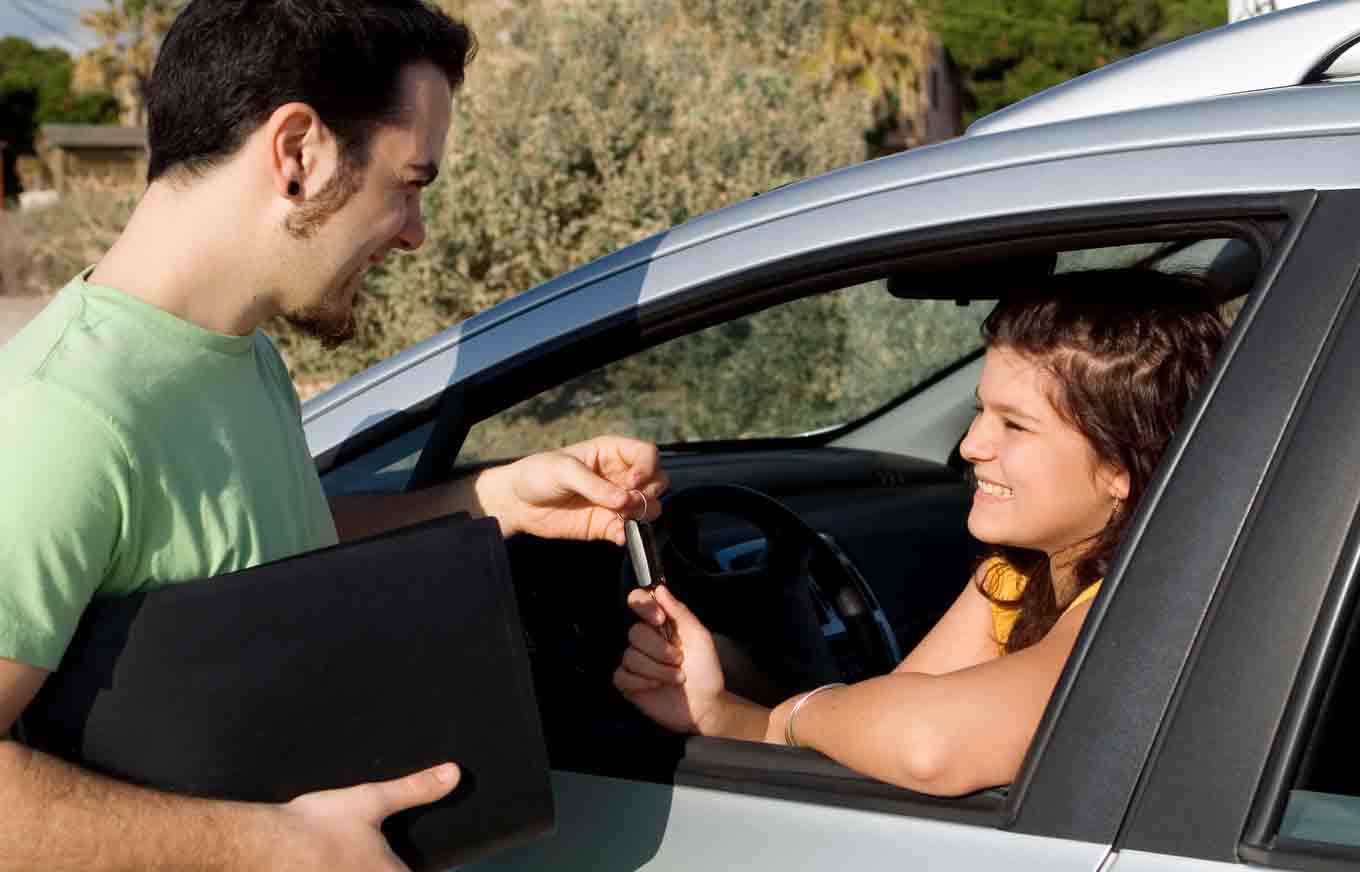Understanding the Benefits and Risks of Buying from a Private Seller
Buying a car from a private seller can be a cost-effective and efficient way to purchase a vehicle. One of the primary advantages of buying from a private seller is the potential to save money. Private sellers often price their vehicles lower than dealerships, which can result in significant savings for the buyer. Additionally, buying from a private seller can provide access to a wider selection of vehicles, as individuals may be selling cars that are not typically found on dealership lots.
However, buying from a private seller also comes with some risks. One of the main concerns is the lack of warranty and support that comes with buying from a dealership. When buying from a private seller, the buyer is typically responsible for any repairs or maintenance that may be needed, which can be a significant financial burden. Furthermore, there is also the risk of hidden problems with the vehicle, such as existing damage or needed repairs that the seller may not disclose.
Despite these risks, many buyers find that the benefits of buying from a private seller outweigh the drawbacks. By doing their research and taking the necessary precautions, buyers can minimize the risks and find a reliable and affordable vehicle. For those looking to buy a car from a private seller, it’s essential to understand the process and what to expect. In this article, we’ll provide a step-by-step guide on how to buy a car from a private seller, including tips on research, inspection, and negotiation.
When buying a car from a private seller, it’s crucial to do your research beforehand. This includes checking the market value of the vehicle, researching the seller’s ownership, and verifying the vehicle’s history. By taking these steps, buyers can ensure they’re getting a fair deal and avoid potential pitfalls. In the next section, we’ll discuss the importance of research and planning when buying a car from a private seller.
Preparing for the Purchase: Research and Planning
Before starting the process of buying a car from a private seller, it’s essential to do your research and planning. This includes researching the market value of the car, checking the vehicle’s history, and verifying the seller’s ownership. By taking these steps, you can ensure that you’re getting a fair deal and avoid potential pitfalls.
One of the most important tools to use when researching the market value of a car is Kelley Blue Book (KBB). KBB provides pricing information on new and used cars, including the fair market value, trade-in value, and private party value. By using KBB, you can determine a fair price range for the car you’re interested in and make an informed decision.
Another crucial step in the research process is checking the vehicle’s history. This can be done using services like Carfax or AutoCheck, which provide detailed reports on the car’s ownership history, accidents, and any major repairs. By reviewing the vehicle’s history, you can identify potential issues and make a more informed decision.
Verifying the seller’s ownership is also essential when buying a car from a private seller. This can be done by checking the vehicle’s title and registration, as well as asking the seller for proof of ownership. By verifying the seller’s ownership, you can ensure that you’re buying the car from the rightful owner and avoid any potential disputes.
Additionally, it’s also important to research the seller’s reputation and reviews from previous buyers. This can be done by checking online reviews, asking for references, and checking with local consumer protection agencies. By researching the seller’s reputation, you can get a sense of their credibility and trustworthiness.
By taking the time to research and plan, you can ensure a smooth and successful transaction when buying a car from a private seller. In the next section, we’ll discuss the importance of inspecting the vehicle and what to look for during the inspection process.
Inspecting the Vehicle: What to Look for and How to Do It
Inspecting the vehicle is a crucial step in the process of buying a car from a private seller. This involves checking the car’s exterior, interior, engine, and transmission for any signs of damage or wear. By conducting a thorough inspection, you can identify potential issues and make a more informed decision about the purchase.
When inspecting the exterior of the vehicle, look for any signs of damage or wear, such as dents, scratches, or rust spots. Check the tires for proper inflation and look for any signs of uneven wear. Also, check the wheels and brakes for any signs of damage or wear.
When inspecting the interior of the vehicle, look for any signs of wear or damage, such as stains, tears, or broken components. Check the dashboard and instrument cluster for any signs of damage or malfunction. Also, check the seats and carpets for any signs of wear or damage.
When inspecting the engine and transmission, look for any signs of leaks or damage. Check the oil and coolant levels and look for any signs of contamination. Also, check the belts and hoses for any signs of wear or damage.
It’s also important to ask the seller about any issues or problems with the vehicle. Ask about the car’s maintenance history and any repairs that have been made. Also, ask about any issues with the vehicle’s performance or handling.
When inspecting the vehicle, it’s also a good idea to use a checklist to ensure that you don’t miss anything. This can include checking the vehicle’s VIN number, checking for any recalls, and checking the vehicle’s history report.
By conducting a thorough inspection of the vehicle, you can identify potential issues and make a more informed decision about the purchase. In the next section, we’ll discuss the importance of test driving the vehicle and what to expect during the test drive.
Test Driving the Vehicle: What to Expect and How to Evaluate
Test driving a vehicle is an essential step in the process of buying a car from a private seller. This allows you to get a feel for the car’s performance, handling, and any potential issues. By taking the car for a test drive, you can evaluate the vehicle’s condition and make a more informed decision about the purchase.
Before taking the car for a test drive, make sure to check the vehicle’s maintenance records and ask the seller about any issues or problems with the car. Also, check the vehicle’s safety features, such as airbags and anti-lock brakes.
During the test drive, pay attention to the car’s performance, handling, and any unusual noises or vibrations. Check the brakes, acceleration, and transmission to ensure they are functioning properly. Also, check the car’s suspension and steering to ensure they are smooth and responsive.
It’s also important to test the car’s features, such as the radio, air conditioning, and heating. Check the car’s interior and exterior for any signs of wear or damage. Take note of any unusual odors or noises, as these can be indicative of underlying problems.
When evaluating the car’s performance, consider the following factors:
- Acceleration and braking performance
- Handling and steering response
- Transmission smoothness and responsiveness
- Any unusual noises or vibrations
By taking the time to thoroughly test drive the vehicle, you can get a better sense of the car’s condition and make a more informed decision about the purchase. In the next section, we’ll discuss the importance of negotiating the price and provide tips on how to do so effectively.
Negotiating the Price: Strategies and Tactics
Negotiating the price of a car from a private seller can be a daunting task, but with the right strategies and tactics, buyers can get a fair deal. When learning how to buy a car from a private seller, it’s essential to understand that negotiation is a give-and-take process. The goal is to reach a mutually acceptable price, not to “win” the negotiation.
Before making an initial offer, research the market value of the car using tools like Kelley Blue Book or Edmunds. This will give buyers a basis for their offer and help them make a strong case for their proposed price. It’s also crucial to consider the car’s condition, mileage, and any additional features or upgrades.
When making an initial offer, start with a lower price than the buyer is willing to pay. This gives room for negotiation and allows the seller to feel like they’re getting a good deal. For example, if the buyer wants to pay $10,000 for the car, they might start with an offer of $9,000. The seller may counter with a higher price, and the buyer can then negotiate up to their target price.
During the negotiation process, it’s essential to stay calm and professional. Avoid getting emotional or attached to the car, as this can cloud judgment and lead to a bad deal. Buyers should also be willing to walk away if the negotiation doesn’t go in their favor. This shows the seller that the buyer is not desperate, and they may be more willing to compromise.
Another tactic is to look for flaws in the car and use them as a bargaining chip. If the buyer finds a problem with the car, they can point it out to the seller and ask for a lower price. This can be a win-win for both parties, as the seller gets to sell the car, and the buyer gets a better deal.
Finally, buyers should be prepared to negotiate the terms of the sale, not just the price. This can include things like repairs, maintenance, or even throwing in some extras like floor mats or a full tank of gas. By being flexible and open to negotiation, buyers can get a better overall deal and drive away in their new car feeling confident and satisfied.
Finalizing the Purchase: Paperwork and Payment
Once the price has been agreed upon, it’s time to finalize the purchase. This involves completing the necessary paperwork and making payment. When learning how to buy a car from a private seller, it’s essential to understand the documentation required for the sale.
The bill of sale is a critical document that proves the transfer of ownership from the seller to the buyer. It should include the vehicle’s make, model, year, and Vehicle Identification Number (VIN), as well as the sale price and the date of the sale. The bill of sale should be signed by both the buyer and the seller.
In addition to the bill of sale, the seller must also provide the title to the vehicle. The title should be free of any liens or loans, and the seller should sign it over to the buyer. The buyer will then need to transfer the title to their name by submitting it to their state’s Department of Motor Vehicles (DMV) along with the required fees.
Registration is also a critical step in the process. The buyer will need to register the vehicle in their name and obtain a new license plate. This typically involves submitting the title, proof of insurance, and a registration application to the DMV.
When it comes to payment, there are several options available. The buyer can pay the seller in full with cash, or they can use a financing option such as a personal loan or a home equity loan. It’s essential to ensure that the payment is secure and that the buyer receives a receipt for the payment.
To ensure a smooth transaction, it’s recommended that the buyer and seller meet at a secure location, such as a bank or a DMV office. This provides a safe and neutral environment for the exchange of paperwork and payment.
Finally, the buyer should ensure that they have all the necessary documents and information before completing the purchase. This includes the vehicle’s service history, any warranties or guarantees, and contact information for the seller. By following these steps, the buyer can ensure a successful and stress-free transaction when buying a car from a private seller.
Post-Purchase Inspection and Maintenance
After purchasing a car from a private seller, it’s essential to have a mechanic inspect the vehicle to identify any potential issues. This is a critical step in the process of how to buy a car from a private seller, as it can help prevent costly repairs down the road.
A post-purchase inspection can help identify any hidden problems that may not have been apparent during the initial inspection. A mechanic can check the vehicle’s systems, including the engine, transmission, brakes, and suspension, to ensure they are functioning properly.
In addition to a post-purchase inspection, regular maintenance is crucial to extending the life of the vehicle. This includes routine tasks such as oil changes, tire rotations, and brake pad replacements. By staying on top of maintenance, owners can help prevent problems from developing and ensure their vehicle runs smoothly for years to come.
It’s also important to keep track of the vehicle’s maintenance history, including any repairs or replacements made. This can help identify any patterns or potential issues and provide a record of the vehicle’s maintenance in case it needs to be sold in the future.
Furthermore, owners should be aware of the vehicle’s warranty and any guarantees that may still be in effect. This can provide additional protection and peace of mind in case any issues arise.
To maintain the vehicle, owners should also keep an eye on the dashboard warning lights and address any issues promptly. This can help prevent minor problems from becoming major repairs.
Additionally, owners should consider investing in a vehicle inspection and maintenance package, which can provide regular check-ups and maintenance tasks to help extend the life of the vehicle.
By following these steps, owners can help ensure their vehicle runs smoothly and efficiently, and they can enjoy their new purchase for years to come. Remember, buying a car from a private seller requires careful planning and attention to detail, but with the right approach, it can be a rewarding and cost-effective way to purchase a vehicle.
Avoiding Common Scams and Pitfalls
When learning how to buy a car from a private seller, it’s essential to be aware of the potential scams and pitfalls that can arise. These can include odometer tampering, hidden liens, and fake documentation, among others.
Odometer tampering is a common scam where the seller rolls back the odometer to make the vehicle appear to have lower mileage. To avoid this, buyers should check the vehicle’s history report and look for any inconsistencies in the mileage. They should also check the odometer reading on the vehicle’s title and ensure it matches the reading on the dashboard.
Hidden liens are another potential pitfall. A lien is a claim against the vehicle’s title, and if the seller doesn’t disclose it, the buyer could be left with a vehicle that’s not fully paid off. To avoid this, buyers should check the vehicle’s title and ensure there are no outstanding liens. They should also ask the seller about any loans or financing that may be associated with the vehicle.
Fake documentation is another scam that buyers should be aware of. Sellers may provide fake or altered documents, such as the vehicle’s title or registration, to make the vehicle appear more valuable or desirable. To avoid this, buyers should verify the documents with the relevant authorities and ensure they are genuine.
Other common scams and pitfalls include sellers who are not the actual owners of the vehicle, vehicles that have been in accidents or have significant damage, and sellers who are trying to sell a vehicle that’s not roadworthy. To avoid these scams, buyers should do their research, inspect the vehicle thoroughly, and ask plenty of questions.
Buyers should also be wary of sellers who are pushing for a quick sale or are unwilling to provide documentation or answer questions. These could be signs of a scam, and buyers should be cautious and do their due diligence before making a purchase.
By being aware of these common scams and pitfalls, buyers can protect themselves and ensure a smooth and successful transaction when buying a car from a private seller. Remember, buying a car from a private seller requires careful planning and attention to detail, but with the right approach, it can be a rewarding and cost-effective way to purchase a vehicle.






